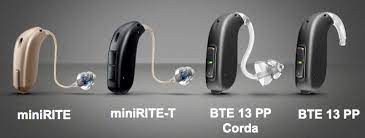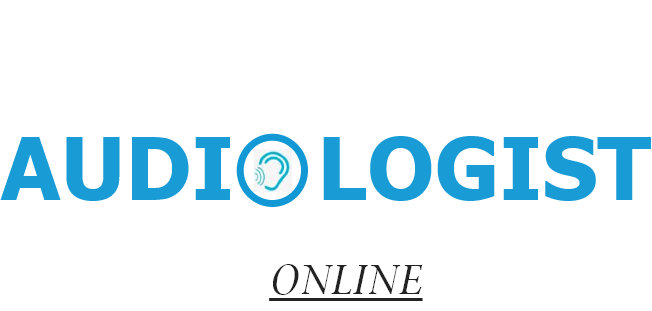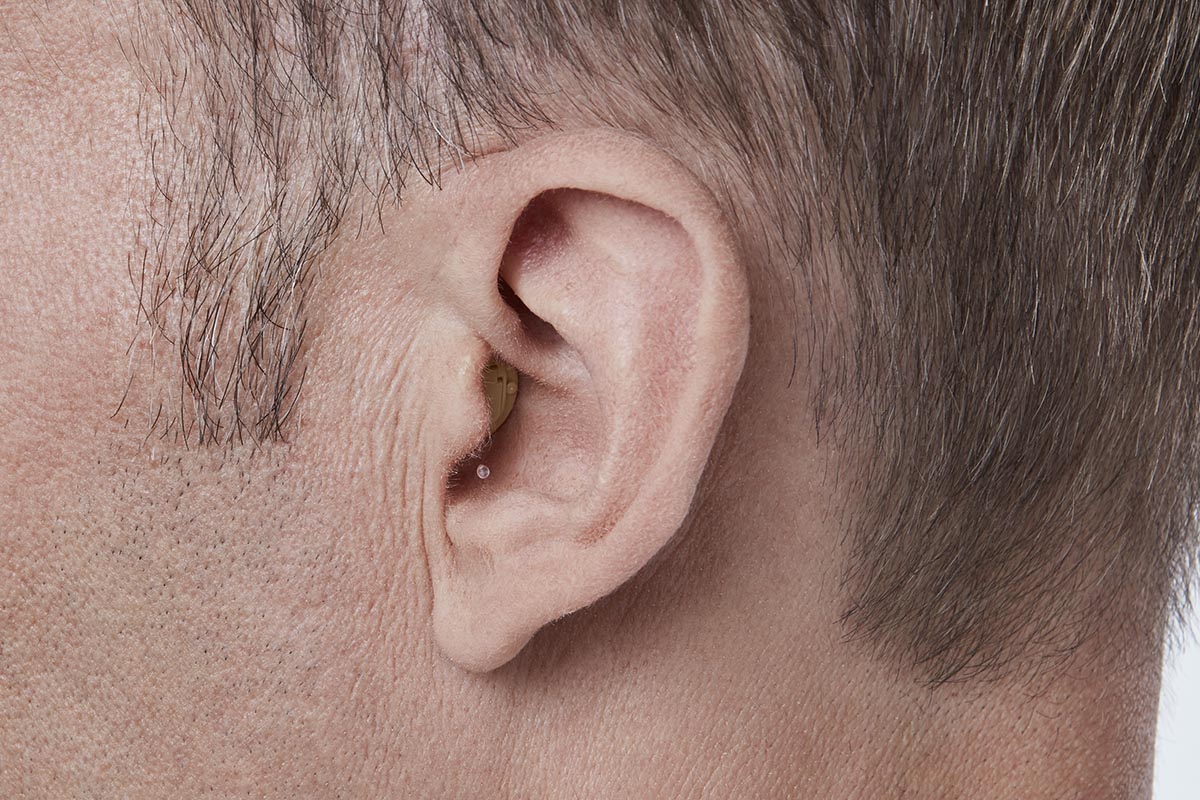What is a hearing aid?
A hearing aid is a small electronic device that you wear in or behind your ear. It makes some sounds louder so that a person with hearing loss can listen, communicate, and participate more fully in daily activities. A hearing aid can help people hear more in both quiet and noisy situations. However, only about one out of five people who would benefit from a hearing aid actually uses one.
A hearing aid has three basic parts: a microphone, amplifier, and speaker. The hearing aid receives sound through a microphone, which converts the sound waves to electrical signals and sends them to an amplifier. The amplifier increases the power of the signals and then sends them to the ear through a speaker.
How can hearing aids help?
Hearing aids are primarily useful in improving the hearing and speech comprehension of people who have hearing loss that results from damage to the small sensory cells in the inner ear, called hair cells. This type of hearing loss is called sensorineural hearing loss. The damage can occur as a result of disease, aging, or injury from noise or certain medicines.
A hearing aid magnifies sound vibrations entering the ear. Surviving hair cells detect the larger vibrations and convert them into neural signals that are passed along to the brain. The greater the damage to a person’s hair cells, the more severe the hearing loss, and the greater the hearing aid amplification needed to make up the difference. However, there are practical limits to the amount of amplification a hearing aid can provide. In addition, if the inner ear is too damaged, even large vibrations will not be converted into neural signals. In this situation, a hearing aid would be ineffective.
How can I find out if I need a hearing aid?
If you think you might have hearing loss and could benefit from a hearing aid, visit our Clinicp; or audiologist. Who will investigate the cause of the hearing loss. An audiologist is a hearing health professional who identifies and measures hearing loss and will perform a hearing test to assess the type and degree of loss.
Are there different styles of hearing aids?


Do all hearing aids work the same way?
You and your audiologist should select a hearing aid that best suits your needs and lifestyle. Price is also a key consideration because hearing aids range from hundreds to several thousand dollars. Similar to other equipment purchases, style and features affect cost. However, don’t use price alone to determine the best hearing aid for you. Just because one hearing aid is more expensive than another does not necessarily mean that it will better suit your needs.
A hearing aid will not restore your normal hearing. With practice, however, a hearing aid will increase your awareness of sounds and their sources. You will want to wear your hearing aid regularly, so select one that is convenient and easy for you to use. Other features to consider include parts or services covered by the warranty, estimated schedule and costs for maintenance and repair, options and upgrade opportunities, and the hearing aid company’s reputation for quality and customer service.
What questions should I ask before buying a hearing aid?
How can I adjust to my hearing aid?
Hearing aids take time and patience to use successfully. Wearing your aids regularly will help you adjust to them.
Become familiar with your hearing aid’s features. With your audiologist present, practice putting in and taking out the aid, cleaning it, identifying right and left aids, and replacing the batteries. Ask how to test it in listening environments where you have problems with hearing. Learn to adjust the aid’s volume and to program it for sounds that are too loud or too soft. Work with your audiologist until you are comfortable and satisfied.
You may experience some of the following problems as you adjust to wearing your new aid.


